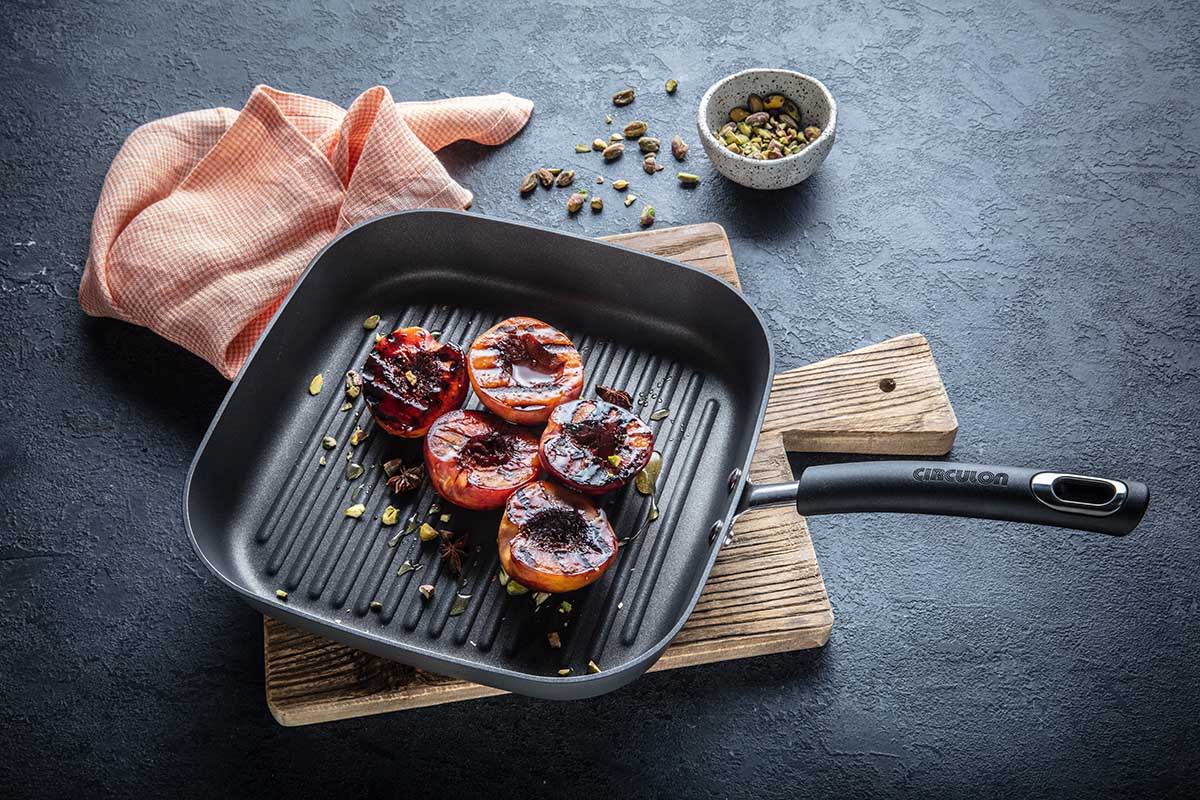Casting your gaze towards a well-loved and seasoned cast iron skillet brings a sense of nostalgia, doesn't it? But do you know how to cure a cast iron skillet for maintaining its beauty and functionality? Mastering this technique is not just for enthusiasts; it's a fundamental skill for kitchen professionals who aim for excellence in their culinary pursuits. Curing your skillet correctly can lead to a “non-stick” surface while elevating the flavor profile of dishes you prepare. In this guide, we will delve deep into this culinary art, ensuring your skillets stand the test of time.
Investing time in curing your cast iron skillet will pay dividendsit allows for even cooking and longevity which every professional chef appreciates. Understanding the intricacies of care can be the differences between a functional piece of cookware and a culinary companion that elevates your dishes. With techniques not just limited to basic cleaning but extending into the realms of seasoning, your journey through this article will arm you with the knowledge needed to bring your skillets back to life.

What is Curing and Why is it Important?
Curing is a key part of maintaining cast iron skillets, as it develops that coveted non-stick coating. This process involves applying oil and heating the skillet to bond the oil to the iron, creating a protective layer. Understanding the significance of curing is paramount for kitchen professionals who want to ensure that their equipment is always ready for high-performance cooking.
Step-by-Step Guide: How to Cure a Cast Iron Skillet
Step 1: Gather Your Supplies
Before diving into the curing process, make sure you have the following supplies:
- Scrub brush or sponge
- Hot water
- High-smoke-point oil (like grapeseed or flaxseed oil)
- Paper towels
- An oven
Step 2: Clean Your Skillet
Initial cleaning is imperative. Use hot water with scrub brush or sponge to remove any debris. This will set the stage for a successful curing process.
Step 3: Applying Oil
Once clean, dry the skillet completely. Pour a small amount of your chosen oil onto the skillet, and use a paper towel to evenly distribute it over the entire surface, including the handle and sides.
Step 4: Preheat Your Oven
Set your oven to 450F (232C). This high temperature is essential for the oil to reach its smoke point and bond effectively with the cast iron surface.
Step 5: Bake the Skillet
Place the skillet upside down on the top rack of your oven to avoid pooling oil. Bake for one hour. A baking sheet on the bottom rack will catch any drips!
Step 6: Cool Down
After the hour is finished, turn off your oven and allow the skillet to cool down inside. This gradual temperature decrease helps in cementing the seasoning.
For a successful and durable cure, you can repeat this process 2-3 times.
Common Mistakes to Avoid When Curing Your Skillet
Over-Oiling
Applying too much oil is a common mistake. Less is more! Ensure an even, thin coating is applied.
Inadequate Heating Time
Chefs often make the error of not heating long enough. Ensure your skillet meets the heat requirement for the full hour.
Ignoring the Cooling Period
Avoid the temptation to take the skillet out immediately after baking. Letting it cool down in the oven helps solidify the cure effectively.
Tips for Maintaining Your Cured Cast Iron Skillet
Once you achieve the perfect cure, it's essential to maintain your skillet appropriately. Here are some tips:
- Always clean your skillet with hot water and minimal soap.
- Keep it dry and apply a light coat of oil after each use.
- Avoid cooking acidic foods until the skillet is well seasoned.
What Happens If Skillet Gets Rusty?
Rust can be a chef's worst enemy when it comes to cast iron. If your skillet has developed rust spots, don't fret! Scrub the affected areas with steel wool until the rust is gone, and then follow the curing process again. Restoring your skillet's glory is just a scrub away!
:max_bytes(150000):strip_icc()/GettyImages-162586206-2000-4fdf5409479b460b9903ac7e97af5f18.jpg)
Frequently Asked Questions
1. How often should I cure my cast iron skillet?
You should cure your skillet when it starts to lose its non-stick properties or if you notice rust.
2. Can I use any type of oil?
No, opt for oils that have a high smoke point such as grapeseed, flaxseed, or canola oil.
3. What if my skillet has scratches?
Small scratches are not a problem, but deep scratches may require a re-seasoning process.
In summary, learning how to cure a cast iron skillet can vastly enhance the culinary experience. Cast iron skillets offer remarkable heat retention and distribution when cared for properly. For an even richer experience in using your cast iron, check out how to cook various dishes that complement the richness of your skillet-like grouper, pastor, or even Chilean Sea Bass. Elevating your dishes starts with properly maintaining your tools!
As an Amazon Associate, I earn from qualifying purchases.





Leave a comment
This site is protected by hCaptcha and the hCaptcha Privacy Policy and Terms of Service apply.